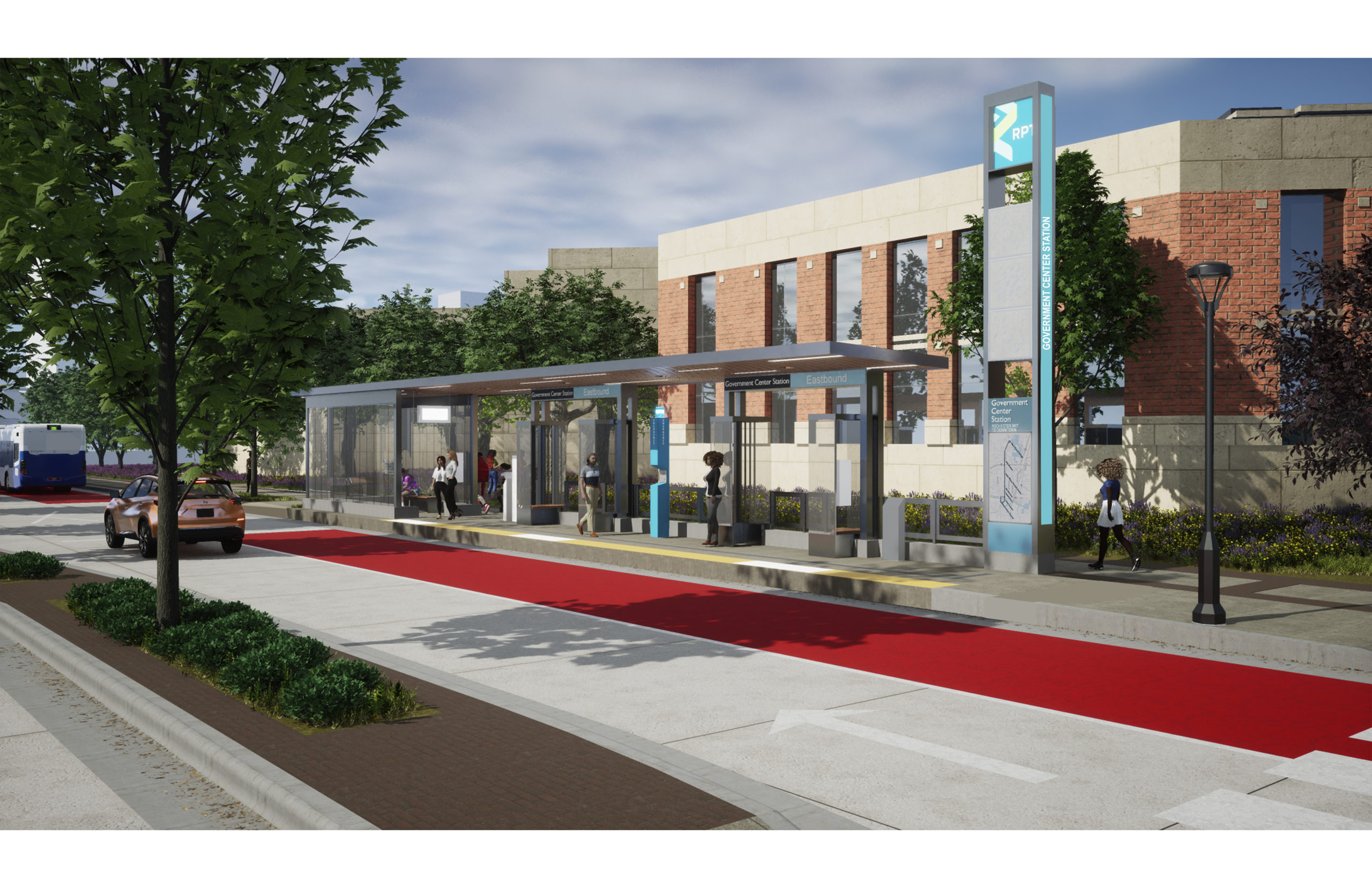When the COVID-19 pandemic took hold of the country in March 2020, people made massive adjustments to everyday life as they hunkered down at home to protect their neighbors and themselves. Social distancing became the norm, and non-essential gatherings were canceled or postponed.
Engagement for public projects took on new challenges. Traditional means of engagement such as open houses, surveys, and other familiar tools all pivoted to online adaptations. The methods typically used to reach underrepresented populations often excluded from planning processes, including pop-up meetings and attendance at community events, were no longer viable. However, the need for public input was still essential—perhaps now more than ever—to ensure projects benefit the people they plan to serve.
At the same time, the City of Rochester, Minnesota embarked on planning efforts for the Rochester Rapid Transit Project, a new 2.6-mile bus rapid transit line. The service is intended to alleviate congestion for the growing city and provide residents, employees, and visitors with equitable and efficient transportation. To achieve this, the City has prioritized community support and placed quality public engagement at the forefront of the project.
To achieve maximum results, the project team took a unique “co-design” approach to gather the input needed for shaping the Rochester Rapid Transit Project to reflect the community’s values.
What is Co-Design?
The co-design process refers to a participatory approach to designing solutions where community members are equal collaborators in the design process. Members leverage their unique perspectives and existing relationships to facilitate engagement with a larger audience and collect feedback from members of their communities.
Modeled after the successful co-design process used for the Rochester Destination Medical Center Discovery Walk project, ten community members were invited to join project staff and meet virtually to shape the project’s station design. Efforts to recruit the representative group were bolstered by compensating co-designers for their time spent in meetings with project staff and community outreach efforts. The group represented a range of backgrounds and experiences, representing a diverse cross-section of future users of the transit system.
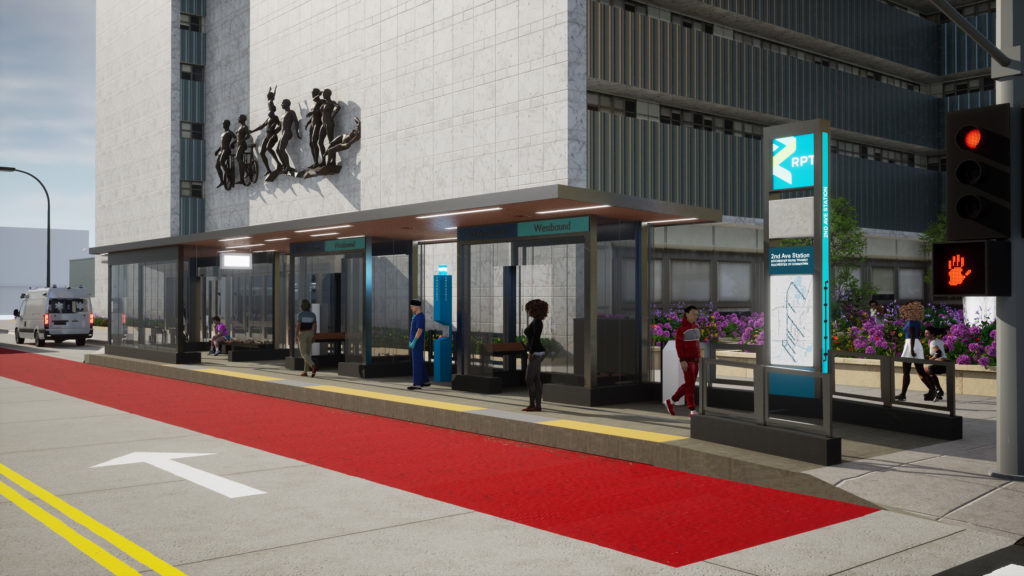
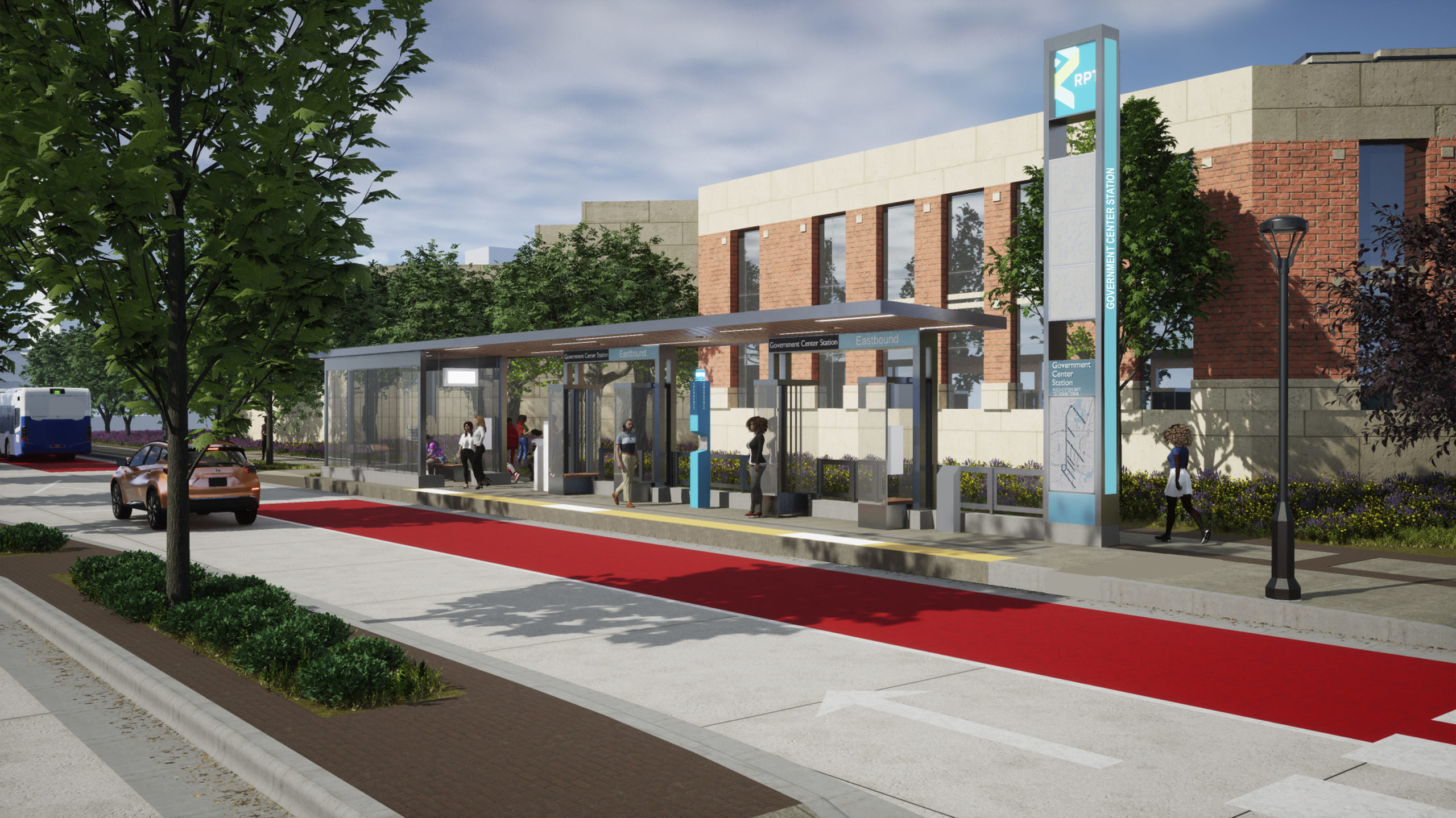
While co-design is a well-established participatory process, compensating participants is a more recent trend that appears to be paying off for some public agencies.
The long-term return on investment to work with a consistent group allowed an in-depth understanding of the project goals and leveraged existing community relationships that resulted in engagement efforts that paid off. These in-depth engagement efforts built greater trust with the project team, maximized the flexibility of participants, and resulted in a more robust project overall.
Providing payment helps to eliminate barriers that typically preclude participation in such projects, including time, employment, transportation, or childcare needs. Participants were paid an hourly wage and offered childcare reimbursement to offset their commitment of 30 hours between September 2020 and May 2021.
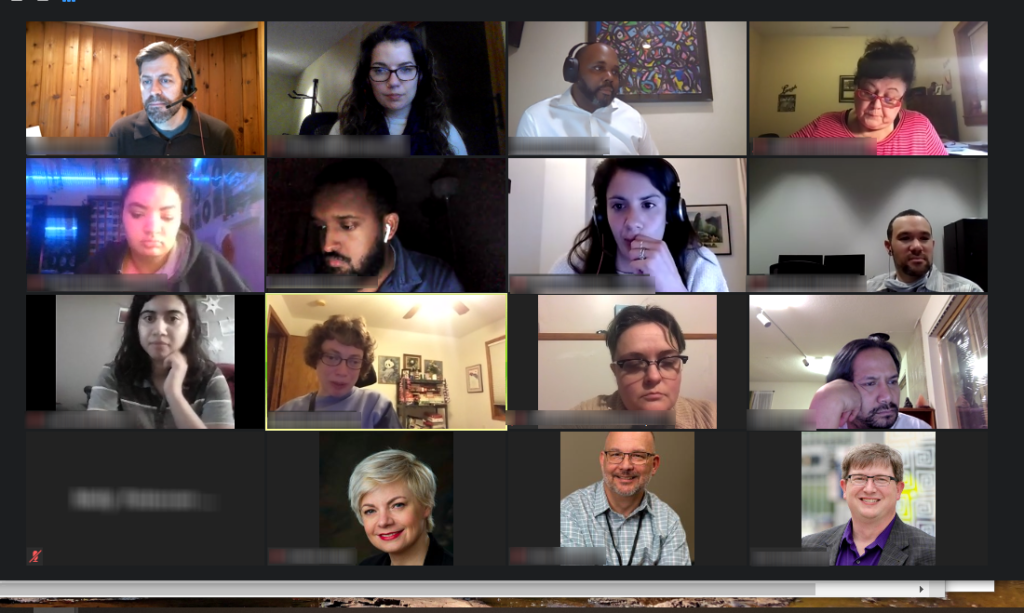
The ten co-designers shared information about the project with their networks and collected feedback on several aspects of the project, including the guiding principles for station design, features at stations, and the vision for the Saint Marys Transit Center, a landmark intended to serve as a community space and mobility hub in the heart of Rochester. Co-designers then reported this feedback to the project team, who incorporated it into draft designs that successfully integrated their suggestions and input.
Even as in-person events return and traditional engagement approaches become feasible again, the co-design process proved to be a major value-add. SRF is optimistic to find opportunities to replicate the process in future projects with our clients.
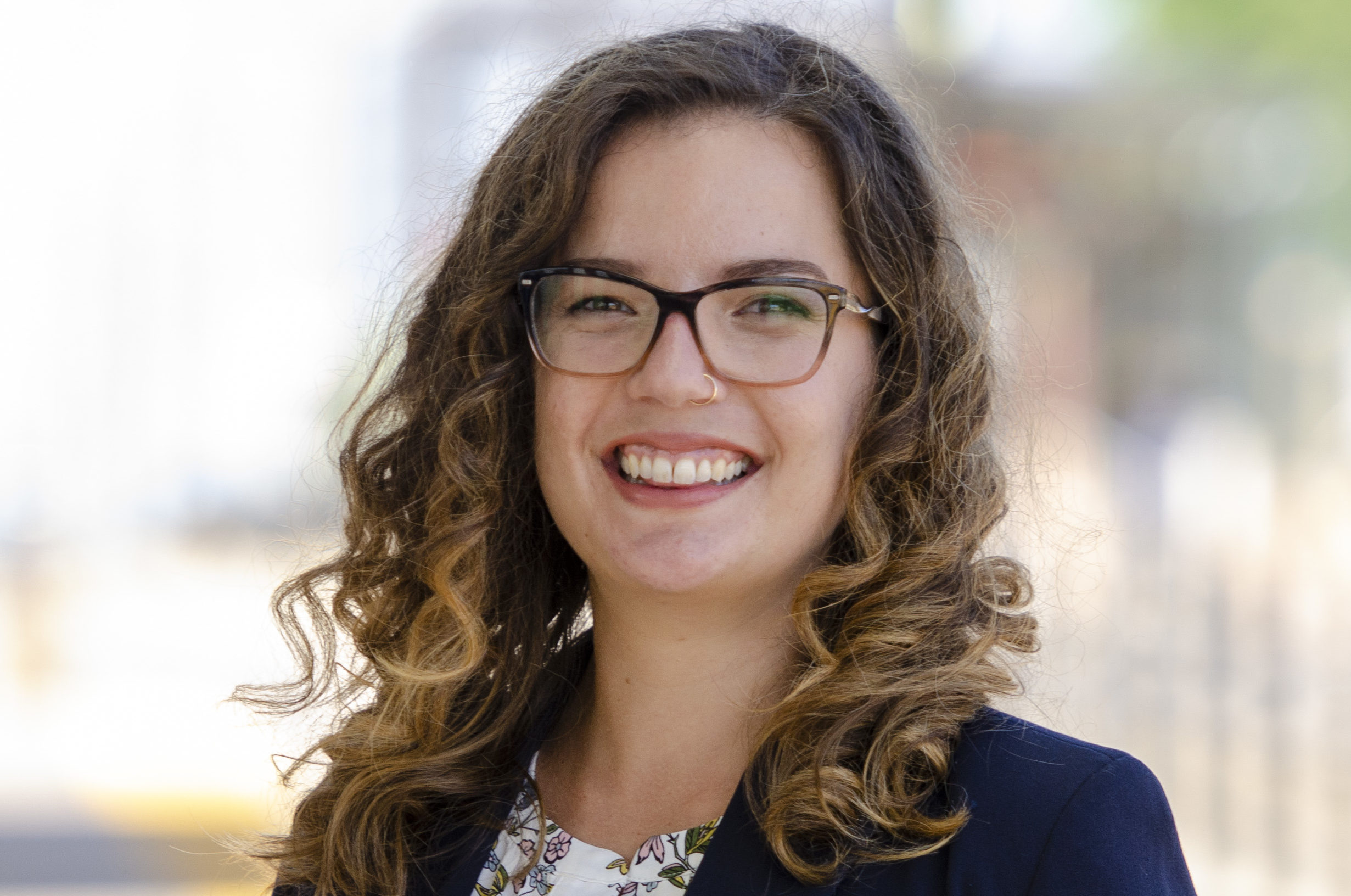
About the Author – Alicia Valenti, AICP
Alicia is an urban planner with a passion for and commitment to providing excellent public transit. Alicia’s work focuses on transit and its connections to social equity and environmental sustainability. Alicia has a strong command of public engagement strategies, transitway development, transit-oriented development, and station area planning.

